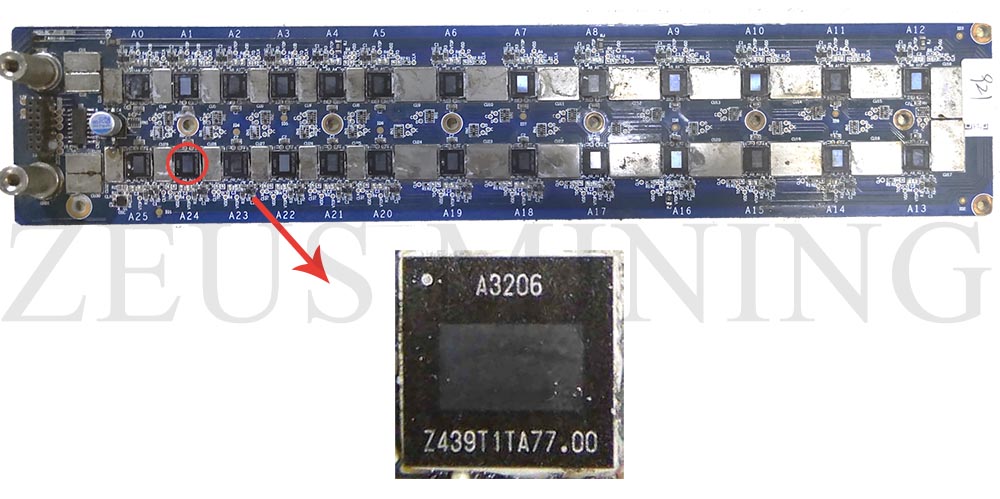ASIC Miner ICERIVER KAS KS0 Profitability In the realm of cryptocurrency mining, the Iceriver KAS KS0 miner has garnered widespread attention. Tailored specifically for the Kaspa network's KHeavyHash algorithm, it boasts high hashing power and low power consumption, making it an ideal choice for many miners. In this article, we will comprehensively assess IceRiver KS0 profitability while considering the Kaspa market conditions and the attributes of KS0 miner. Kaspa Market Dynamics Kaspa is a vibrant cryptocurrency network aimed at delivering high performance and scalability for everyday transactions. At the time of writing this article, the Kaspa coin trades at approximately $0.04959. But it's essential to note that cryptocurrency markets are highly susceptible to price volatility. Hence, investors must remain vigilant about market dynamics. Additionally, the Kaspa network's mining difficulty and reward mechanisms play a role in mining returns. Attributes of the IceRiver KS...
Where are the Avalon 921 hash board easily damaged parts located?
The Avalon 921 hash board mainly includes the following four chips. So what role do they all play on the hash board? Through this article, let's find out together!
Easily damaged parts of Avalon 921 hash board introduction
Chip name: A3206 ASIC chip
Chip silkscreen: A3206
A single Avalon 921 hash board consists of 26 7nm A3206 ASIC chips, mainly responsible for the hash rate calculation of the whole miner.
Chip name: ADUM130D0BRZ
Chip location: U3
Chip silkscreen: 130D0BRZ1818
The ADUM130D0BRZ is a 3000Vrms, 3-channel, 150Mbps 75kV/µs general purpose digital isolator in a CMTI 16-SOIC package. The operating power supply voltage is between 1.7V to 5.5V, and the operating temperature is between -40°C to 125°C.
Chip name: SGM2036-1.8YUDH4G/TR
Chip location: U2
Chip silkscreen: IO
The SGM2036-1.8YUDH4G/TR is a low power, low dropout, CMOS linear regulator in a UTDFN-1×1-4L package and provides up to 300mA output current over a 1.6V to 5.5V input voltage range It is the perfect choice for low voltage, low power applications.
Chip name: NCP114AMX075TCG
Chip location: U1
Chip silkscreen: AWL
The NCP114AMX075TCG is a 300mA, 0.75V linear regulator IC that provides very stable and accurate voltage and low noise. In addition, the chip has built-in overcurrent and overtemperature protection, suitable for space-constrained and noise-sensitive applications. It operates over an input voltage range of 1.7 V to 5.5 V and an operating temperature range of -40°C to 85°C.





Comments
Post a Comment
Tell us your opinion